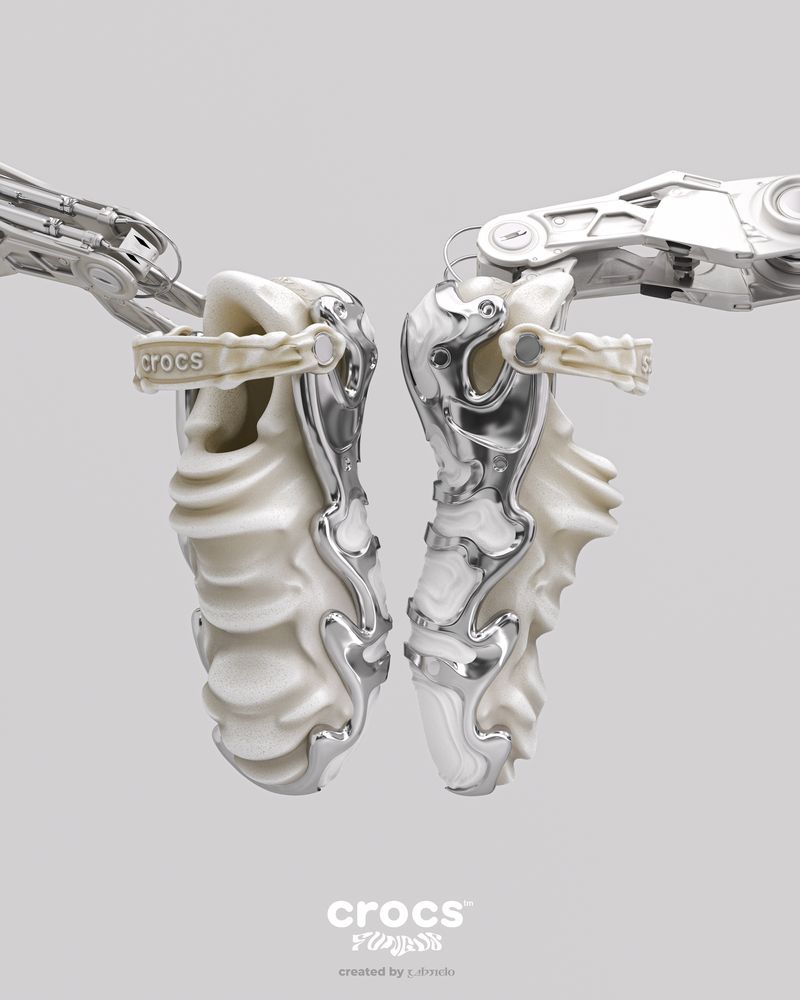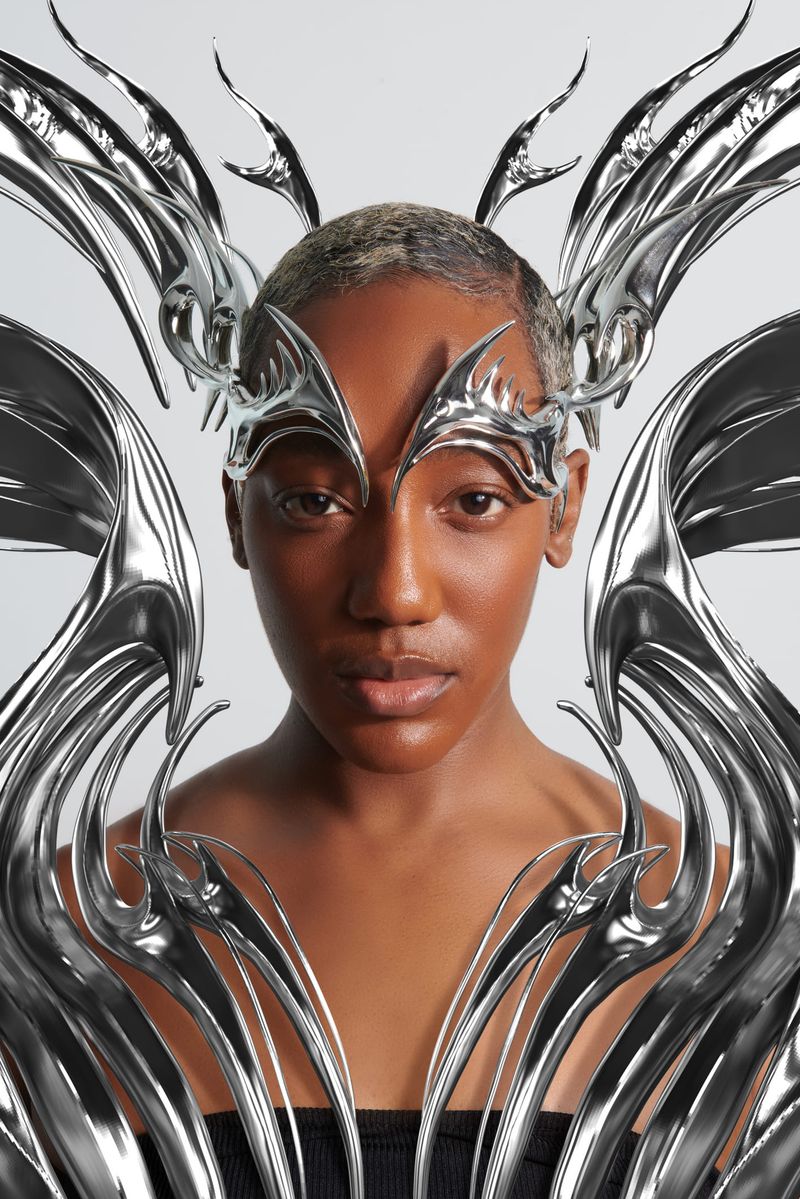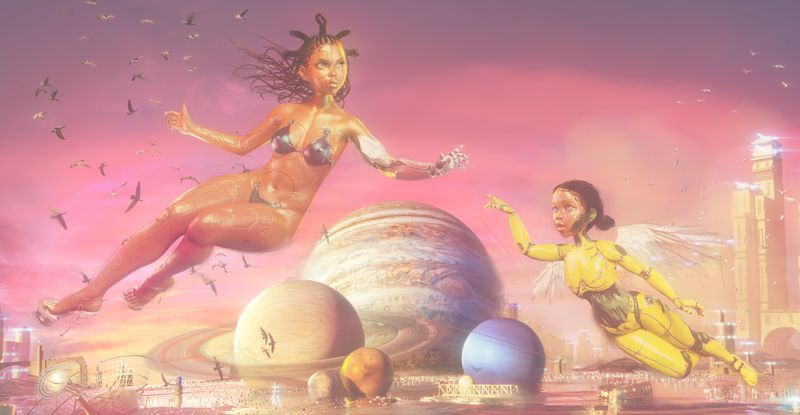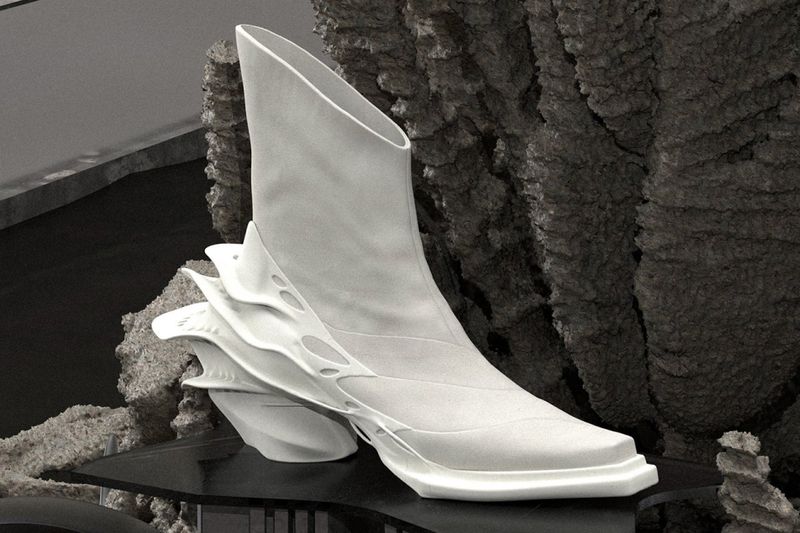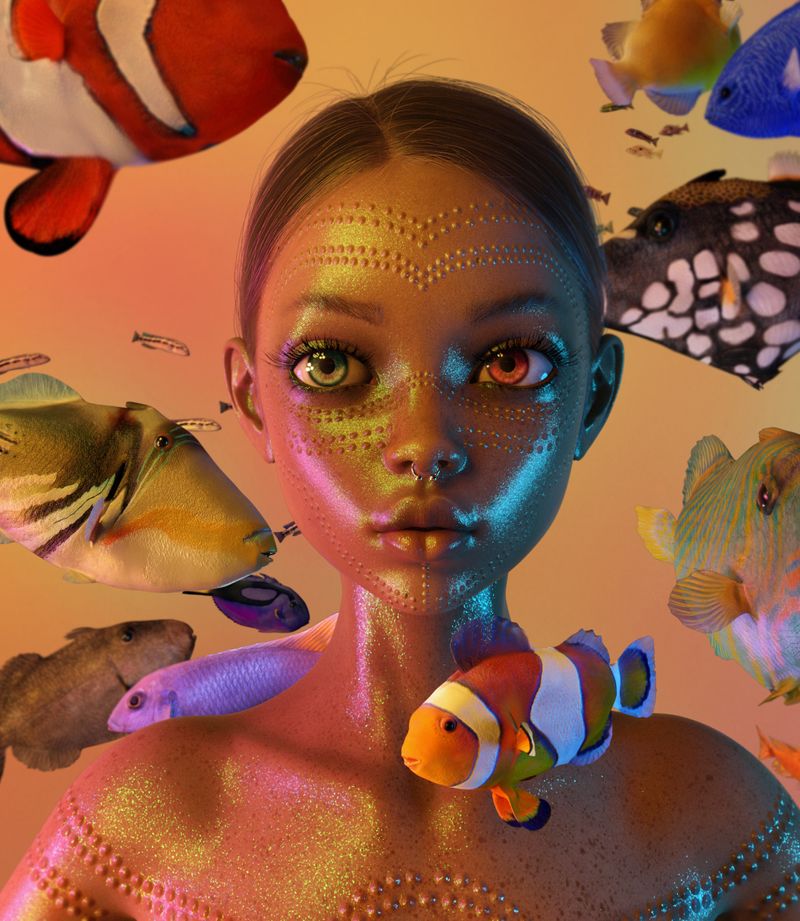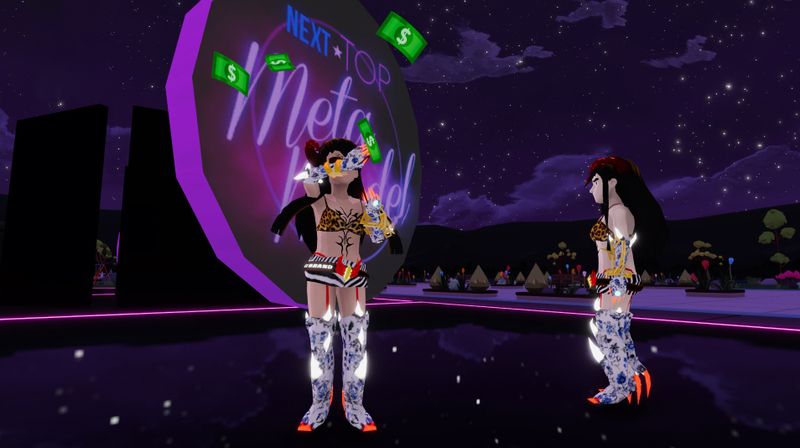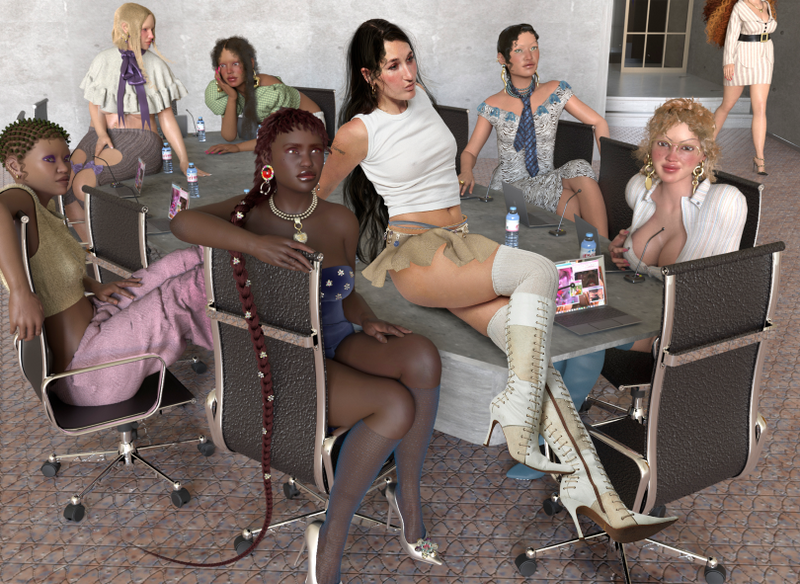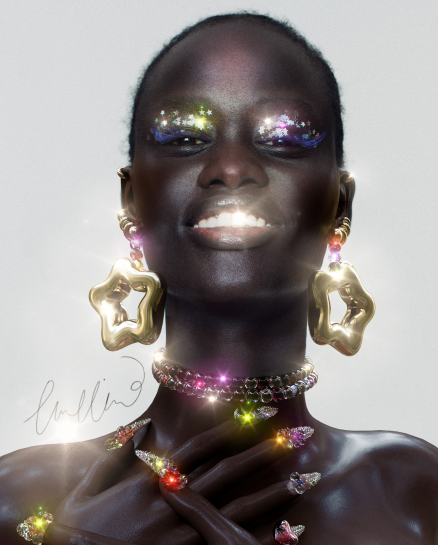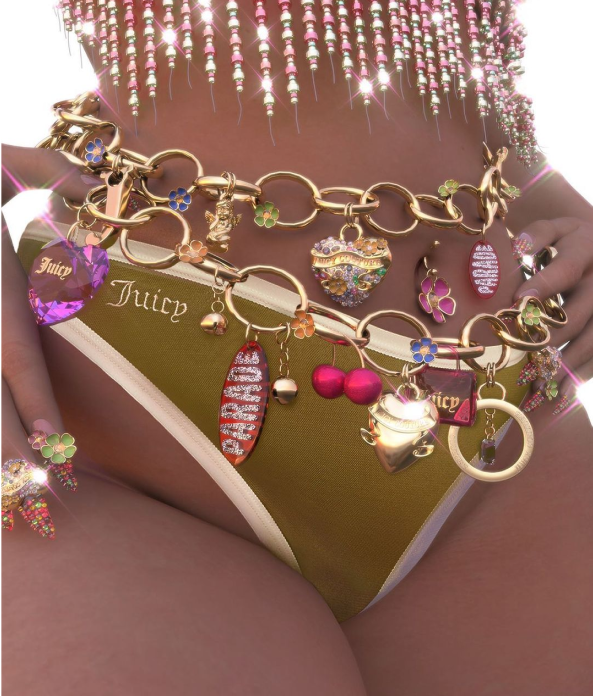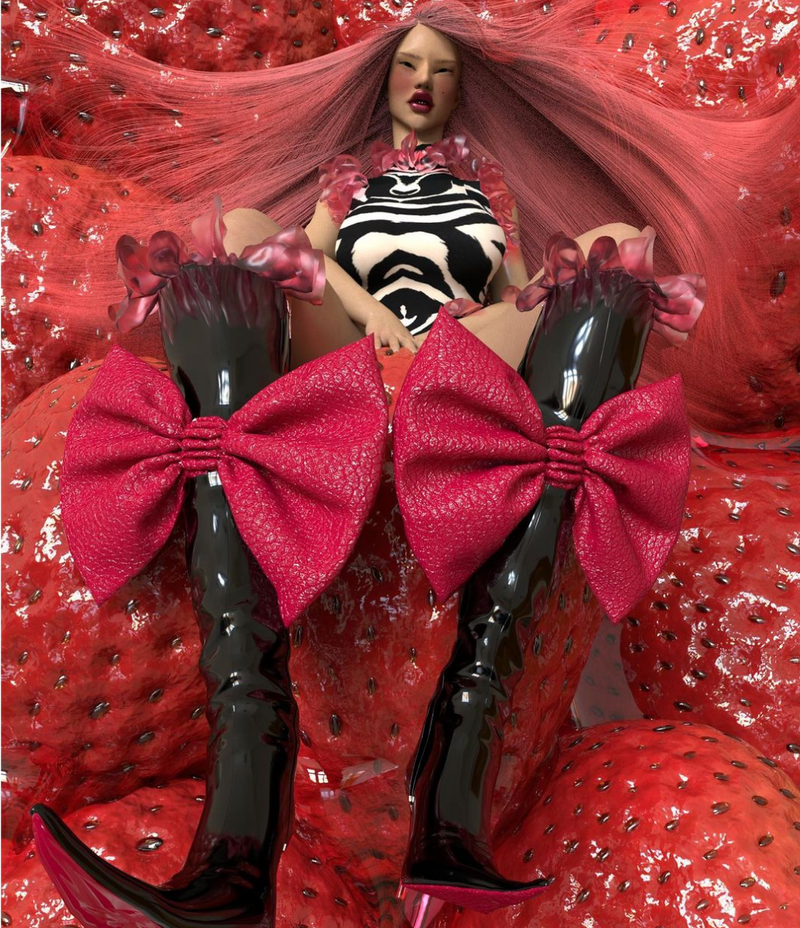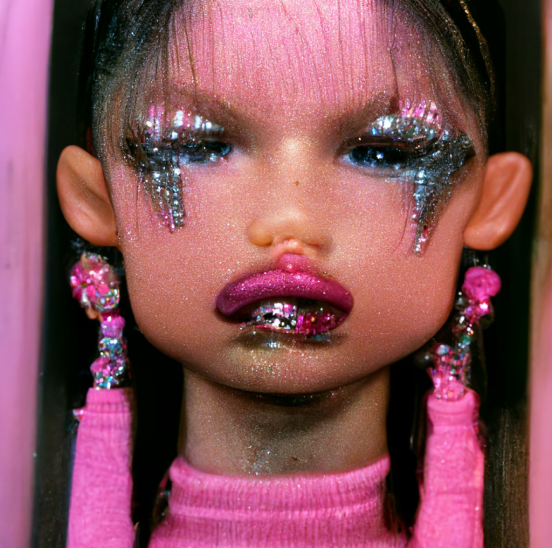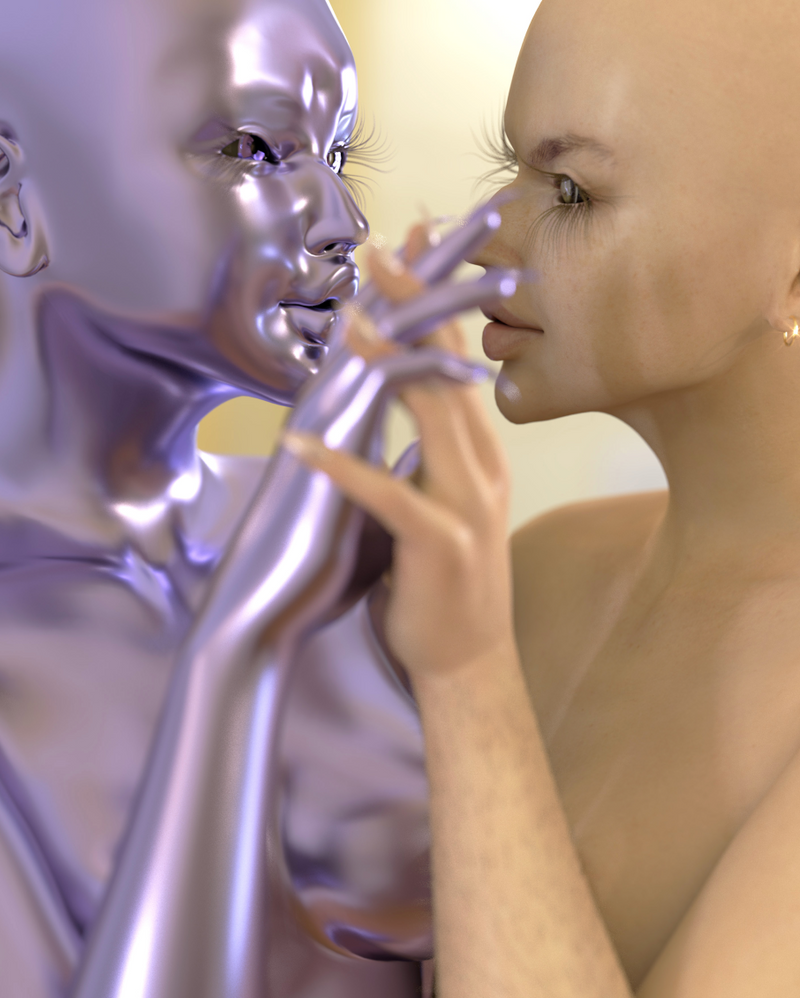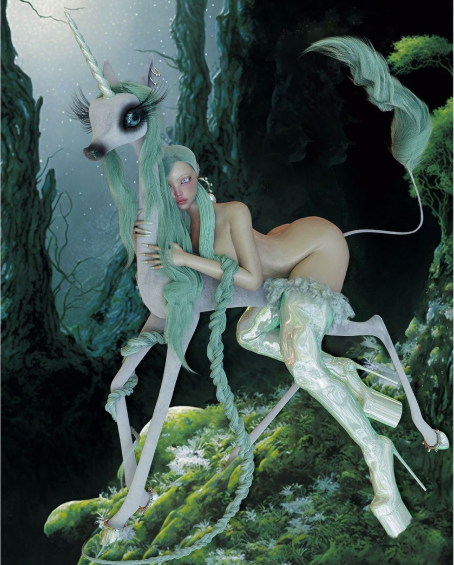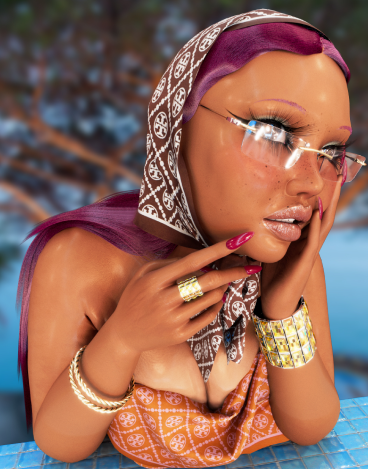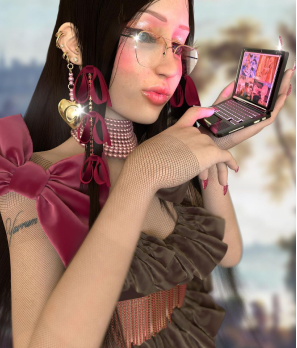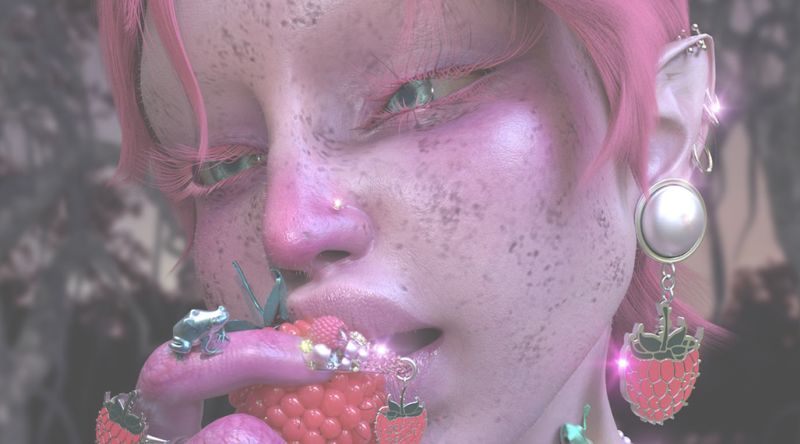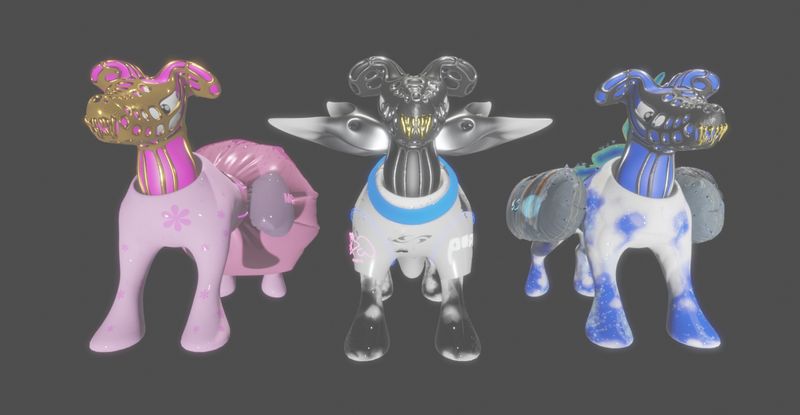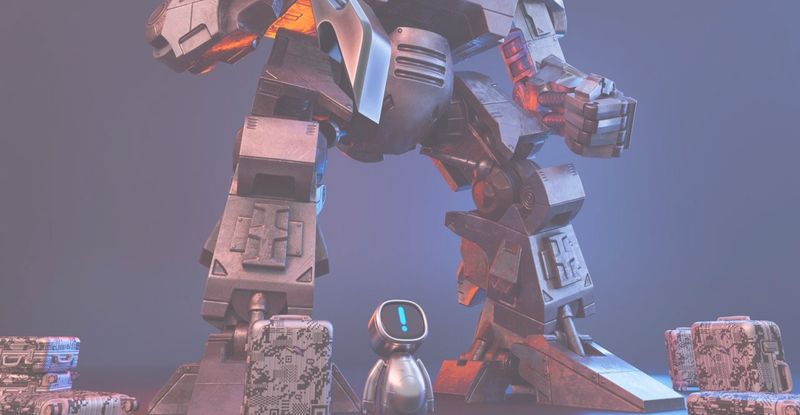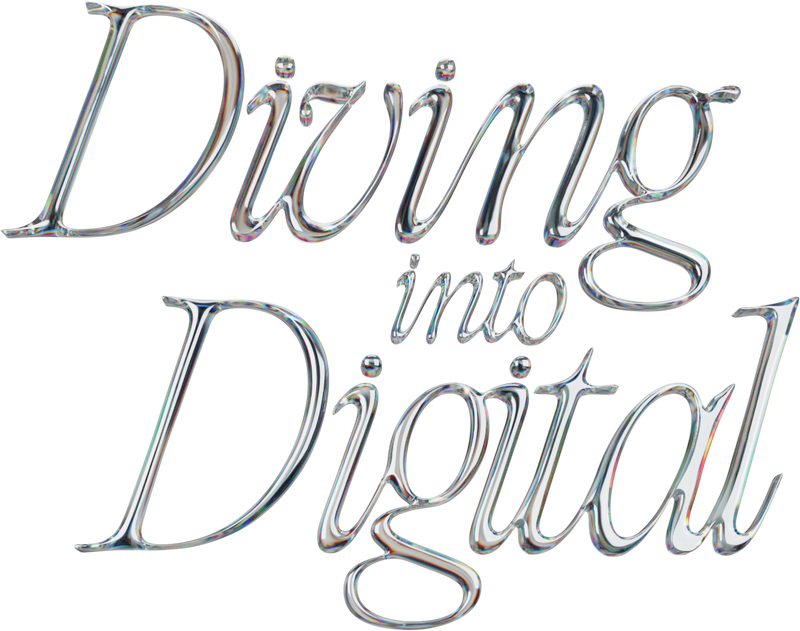CAROL CIVRE
After studying fine arts at New York University, Carol Civre felt constrained by the traditionality of classic art. This notion led her to seek a new creative method that could free her expressionism from physical limitations.
CAROL CIVRE
3D DESIGNER
SHE/HER
NEW YORK, USA
WORDS BY
CAIT MONAHAN AND SOFIA DE LA CRUZ
16/02/2023
16/02/2023
To understand Carol Civre's art, you first have to understand her penchant for nonconformity. "I found the traditional art world quite uninspiring," the Italian artist tells Hypebae. After graduating from NYU with a fine arts degree she dove head-first into CGI and 3D modeling, seeking to free her practice of physical limitations. Having collaborated with the likes of Tory Burch and BIMBA Y LOLA, Civre’s art fluctuates between what’s real and what’s possible. Here, Civre talks about pioneering the industry with her unique view on the representation of modern beings, her favorite collaborations and the future of digital bodies.
What inspired you to start diving into digital?
I was always more interested in working as a freelance artist with my own clients rather than participating in the gallery circuit. I initially thought I would become an illustrator, but I was then introduced to 3D in college through an internship at Coach. After I graduated, I started to learn how to use 3D programs on my own. When I started sharing my work on social media, I began to feel like I had a community of people that were interested in what I was making and this is what encouraged me to really dive into it.
THE METAVERSE IS A BIG AND OFTEN BEWILDERING BUZZWORD, BUT WHAT DOES IT MEAN TO YOU?
I think companies today are using the term metaverse to encapsulate anything that has to do with the digital world and are pushing it as a new concept but it has existed for a long time – think Second Life, IMVU, Runescape, Roblox, even Club Penguin. The idea of a universal metaverse is just a rebranding of existing concepts and in my opinion, it's being pushed in a way that is not genuine. I personally don't like the word, if you couldn't tell. I think it's generally diminutive and misleading because it tries to group aspects of digital culture that, while related, are actually quite distinct (like digital worlds, digital currency, digital art, VR, avatars) into an easily marketable package.
How do you think Web3 is influencing IRL identity?
I think the term Web3 makes everyone confused and frenzied over how to participate in a world that they can't understand. Web3, in its original meaning, refers to the name adopted for a decentralized internet. While some people might interact with this definition of Web3 if they are interested in NFTs or participate in any blockchain-based metaverses, the general population is not currently plugged into this interaction or discourse. Even though we are increasingly becoming involved in a decentralized internet, a lot of people use Web3 to refer to our current digital ecosystem and all the different parts that make it up –– anything from social media, 3D art, NFTs, avatars, VR to AR. The difference between Web2 and Web3 is not clear-cut and I think it causes confusion. So, while the trends and digital culture that arise from the different representations of Web3 can be really interesting, I also feel like a part of the population is left feeling a bit isolated and confused about what it means and how they can become involved.
What are the biggest trends that have caught your attention when looking at digital fashion's influence on IRL fashion?
Because I consider myself a maximalist, the exaggerations that can be created digitally really interest me. For example, super exaggerated, sometimes physically impossible-looking nails and clothes, prosthetics that make models look less "human," or even just casting people with unconventional features, which has been more prevalent in the fashion industry over the last few years. I also think that IRL events in the fashion industry have become more like performances or "immersive experiences," rather than just simple showcases of clothes, accessories, or beauty products. Brands are trying to engage audiences used to constant immersion in the never-ending scroll of online content available. By making audiences feel like they are not just consumers but rather part of a "community," these immersive showcases are trying to translate how people feel connected when participating in digital culture to a real-life space and industry.
What excites you about the future merge between human and technology and how do you think that theme will continue to arise in your work?
I am personally more excited about the collaboration between humans and machines rather than the idea of a "merge." If Joel Garreau’s book Radical Evolution: The Promise of Enhancing Our Minds, Our Bodies and What it Means to be Human taught me anything, it’s that humans should stay mindful when creating technology. I really believe that part of the way technology can benefit humans has a lot to do with the intentions behind its creation. In the same vein, I also think makers of technology have a responsibility to do so ethically. AI is just a product of what it's been fed by humans, remember how Twitter taught Microsoft's teenage AI chatbot to be racist in less than a day? But I do see a lot of diverse people entering the tech space as it becomes more and more mainstream, which gives me hope for the future of technology.


